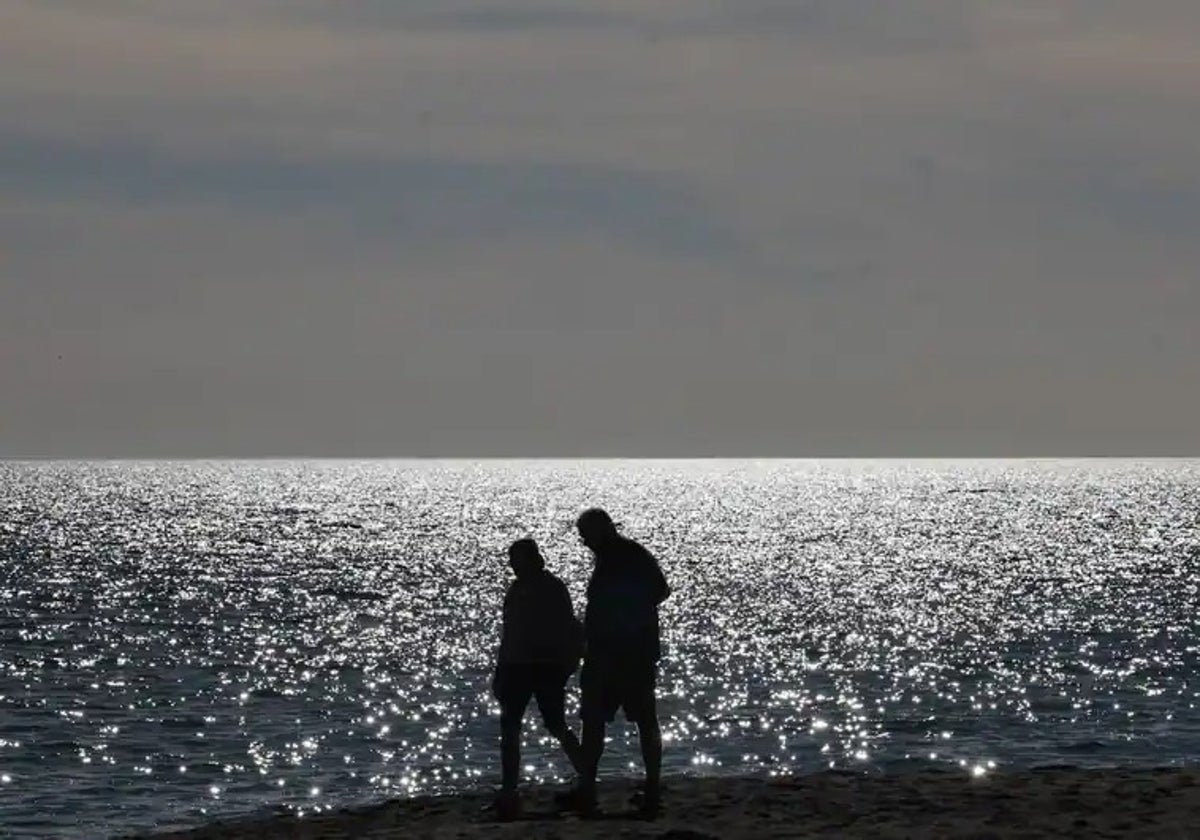How will the first heatwave affect each municipality in Malaga?
Temperatures will be generally higher from Saturday onwards, although the intensity will be felt only in the inland parts of the province
The first (official) heat wave of the summer arrives on Saturday. After a torrid month of June, state meteorological agency Aemet's warning is causing concern among citizens, as the start of July points to an even more suffocating situation.
According to Aemet's forecast, a large anticyclone at medium and high levels will approach from Africa, affecting almost all of Spain from Friday, 27 June.
"A southerly flow will bring a very warm and relatively dry air mass over the Peninsula and the Balearic Islands, which, together with high insolation, will lead to a progressive rise in temperatures over the next few days," says the Aemet forecast. These widespread conditions are expected to last until Tuesday, 1 July.
But how is this situation really going to affect the province of Malaga? The truth is that the coast will not be as affected as the interior parts of the province. The rise in temperatures along the Costa del Sol, including Malaga city, will hardly be noticeable. However, the municipalities that are not by the sea will feel the heat, even though not as intensely as the provinces of Seville, Cordoba and Granada will.
Over this period, the maximum temperature in Malaga city will be around 31C and 32C, which is considered normal for this time of year. Minimum temperatures will be high, around 24C, but more or less in line with what has been happening since the end of May. The situation will be similar in Marbella and Vélez-Málaga.
Climate shelters
Several municipalities on the coast can be considered "climatic refuges". In Nerja, the maximum temperature will not exceed 28C on any of the days, but the minimum temperature will remain 24-25C even at night. Similar is the forecast for Torrox and the eastern end of the Axarquia district. The latter will be spared the effects of the heatwave the most.
The Malaga municipalities that will feel the intensity of summer the most over the weekend are those in the Antequera district and Ronda, as well as the villages in the higher parts of the Guadalhorce valley. Thermometers in Vega will mark 34-35C, which actually does not change the forecast from this week. The Serranía de Ronda will only occasionally reach 36C, while the upper Guadalhorce, especially Álora, will often get to this figure.
The anticyclone from Africa is also expected to bring a mass of dust on Sunday afternoon, which will mainly affect the western half of the Peninsula. "The haze could be accompanied by medium and high cloudiness, which adds some uncertainty to the forecast of maximum temperatures during the episode," says Aemet.
In any case, Malaga gets the better end of the deal, when we compare the forecast to that for the interior parts of Andalucía and the regions of Extremadura and Aragón. Temperatures in the Guadalquivir valley (Seville and Cordoba) are expected to exceed 42C, while the valleys of the Guadiana, Ebro and Tagus rivers will see maximum temperatures of 40-42C on Sunday and Monday. Temperatures will also be high on the northern plateau, in the interior of Mallorca and in the Júcar and Segura valleys, reaching 38C.
Another "climatic refuge" in the country at the start of July will be the "northwest quadrant and the Cantabrian area", blessed by a cooler Atlantic flow. For example, maximum temperatures in La Coruña and Gijón will be no more than 24C, which is the nighttime minimum in Malaga.

